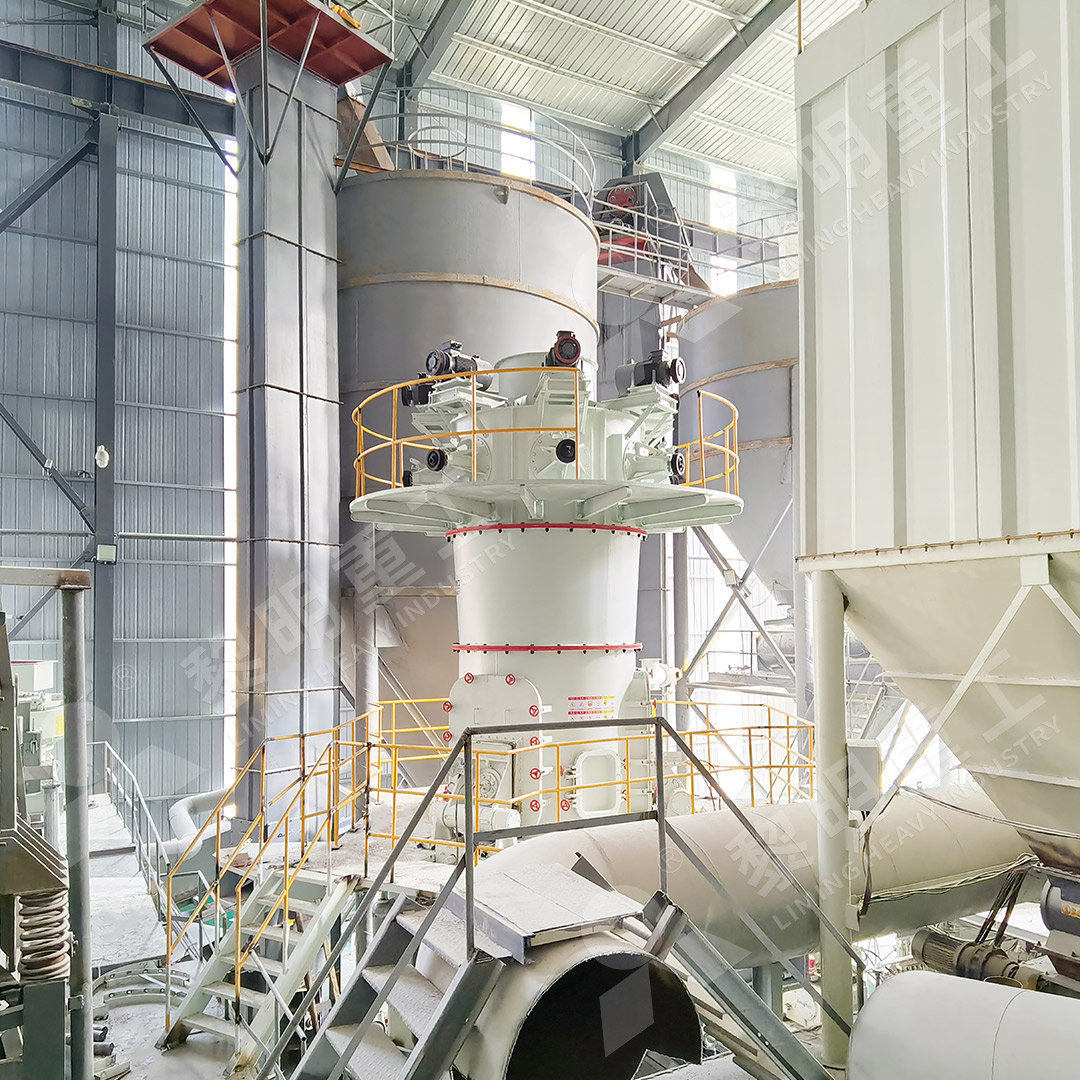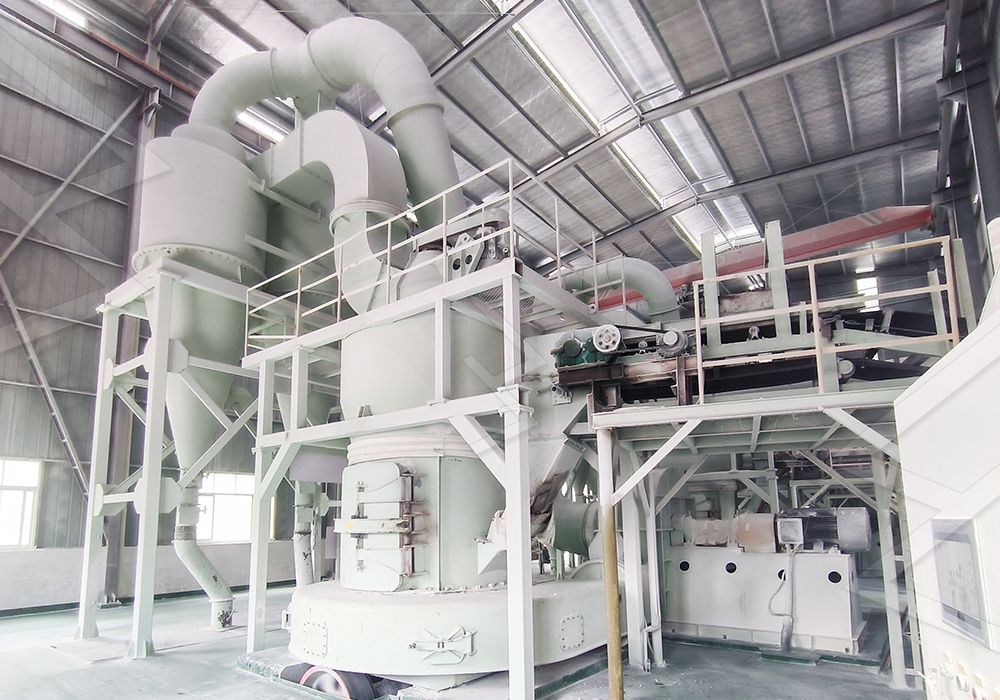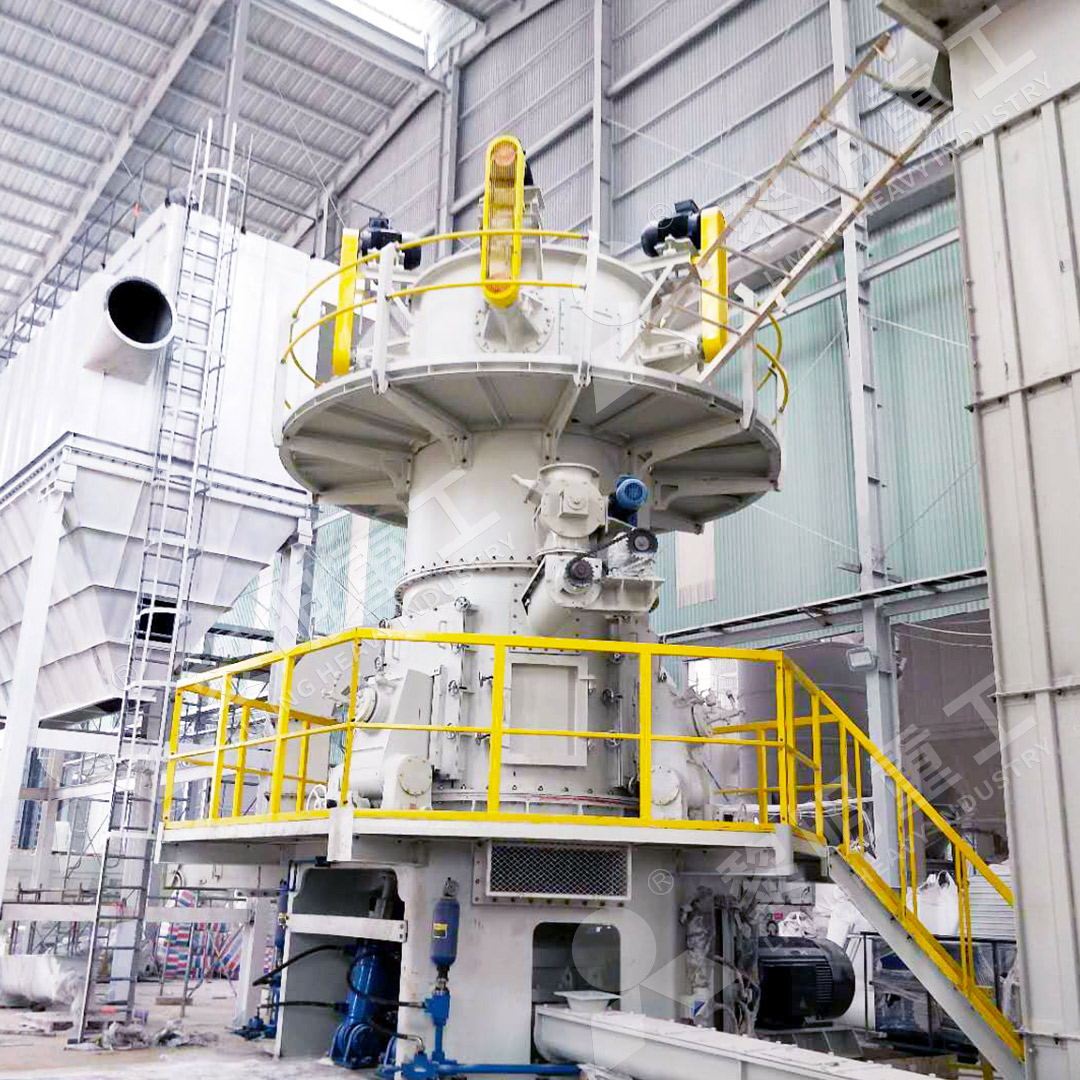How Does a Vertical Roller Mill Work? – Animated Video Explanation
How Does a Vertical Roller Mill Work? – Animated Video Explanation
If you’ve ever wondered about the magic behind fine powder production in industries ranging from cement to pharmaceuticals, you’re likely curious about vertical roller mills. These engineering marvels have revolutionized material processing with their efficiency and precision.

The Core Working Mechanism
At its heart, a vertical roller mill operates on a relatively simple principle: materials are fed centrally onto a rotating grinding table, where multiple grinding rollers compress and shear the material against the table surface. The secret lies in the sophisticated engineering that makes this possible.
The process begins with raw material preparation. Materials are crushed to appropriate sizes (typically 0-70mm depending on the mill type) before being fed into the mill. Our LM Vertical Grinding Mill exemplifies this process perfectly, integrating crushing, drying, grinding, classifying and conveying into one streamlined system.
Step-by-Step Operation
Once inside the mill, materials encounter the grinding table rotating at controlled speeds. Hydraulically-loaded grinding rollers apply precise pressure to the material bed, creating the necessary compression for size reduction. The centrifugal force generated by the rotating table moves material outward toward the grinding path.
As particles are ground finer, they’re carried upward by the airflow generated by the mill’s internal fan system. This is where the separation magic happens. The air stream carries the ground material to an integrated classifier that determines final product fineness.

Advanced Features for Superior Performance
Modern vertical roller mills incorporate several technological advancements that set them apart. The absence of rolling bearings and screws in the grinding chamber, as seen in our MW Ultrafine Grinding Mill, eliminates concerns about bearing damage or loose screws causing operational failures. This design allows external lubrication without shutdown, enabling continuous 24-hour production.
The precision doesn’t stop there. Advanced cage-type powder selectors, often incorporating German technology, provide exceptional separation accuracy. This technology enables fineness adjustment between 325-2500 meshes with screening rates achieving d97≤5μm in a single pass.
Environmental and Efficiency Considerations
Beyond mere grinding capability, contemporary vertical roller mills address environmental concerns comprehensively. Efficient pulse dust collectors and mufflers minimize dust and noise pollution, with entire production processes designed to meet national environmental protection standards. The MW Ultrafine Grinding Mill particularly excels in this regard, operating with minimal environmental impact while delivering higher yields with lower energy consumption.

The energy efficiency story is equally impressive. Compared to traditional grinding systems, vertical roller mills can reduce energy consumption by 30-50% while increasing production capacity by up to 40%. This combination of performance and sustainability makes them the preferred choice across multiple industries.
Frequently Asked Questions
What materials can vertical roller mills process?
Vertical roller mills handle diverse materials including limestone, calcite, dolomite, petroleum coal, gypsum, barite, marble, talc, and various industrial powders for chemical, paint, cosmetic, and pharmaceutical applications.
How is product fineness controlled?
Fineness is precisely controlled through adjustable rotor speeds in the integrated classifier system, allowing operators to dial in specific particle size distributions from coarse to ultra-fine powders.
What maintenance advantages do vertical roller mills offer?
Features like reversible structures and external lubrication systems enable easier maintenance access. The absence of internal rolling bearings and screws in certain models like the MW Ultrafine Grinding Mill significantly reduces maintenance concerns and downtime.
How do vertical roller mills compare environmentally to traditional grinding systems?
With integrated pulse dust collectors, silencers, and negative pressure operation, modern vertical roller mills produce minimal dust and noise pollution, often exceeding international environmental standards while operating with significantly lower energy consumption.
